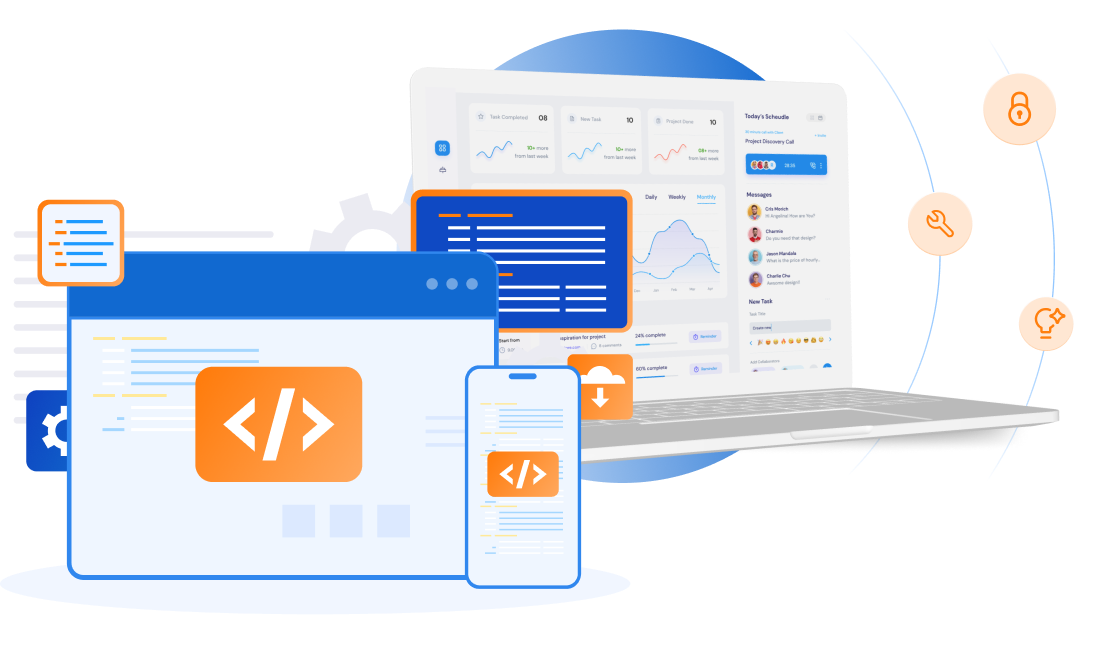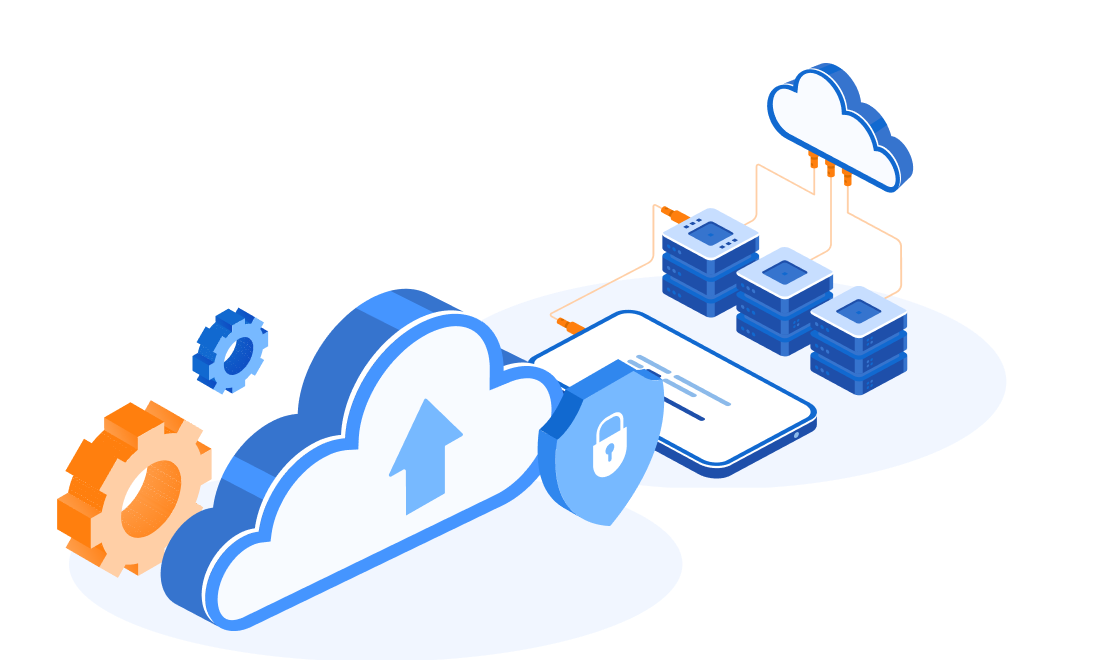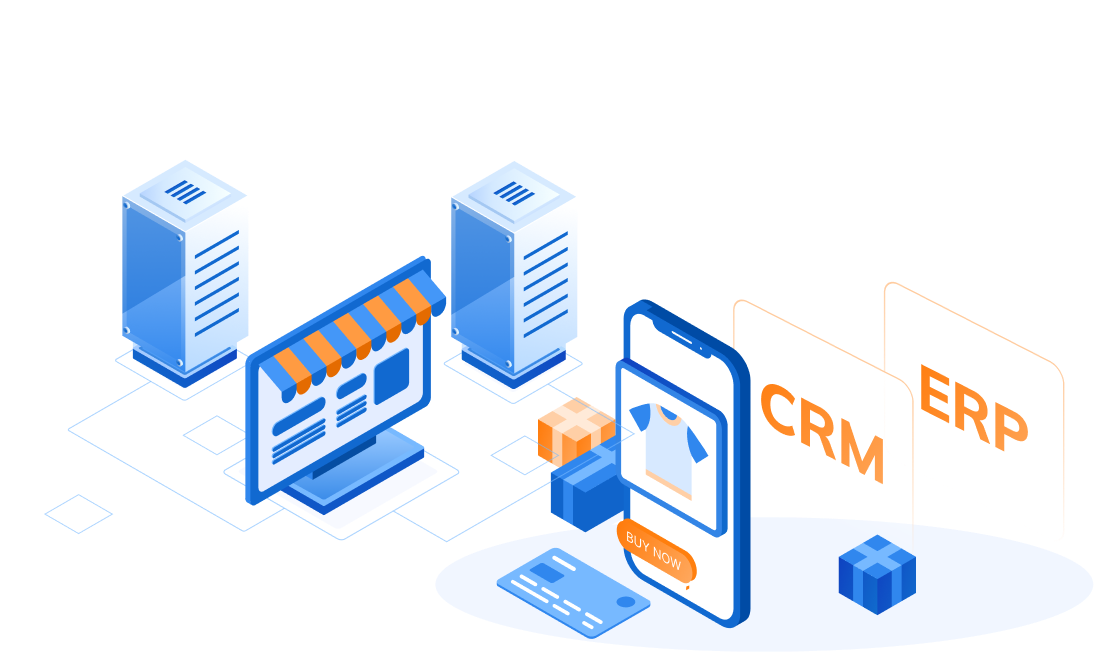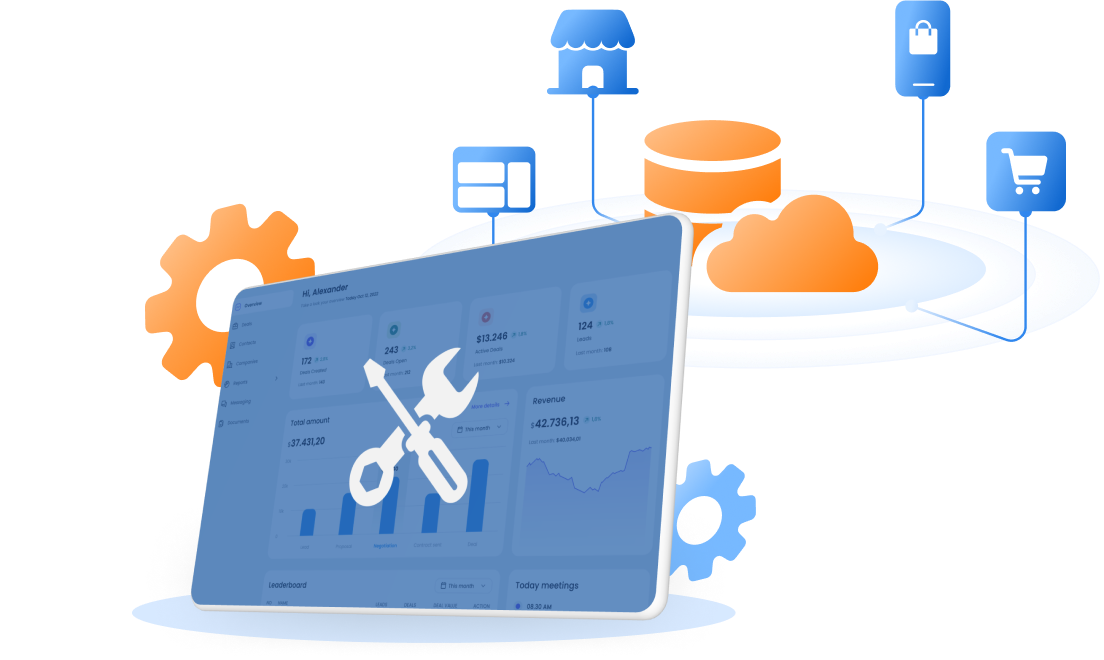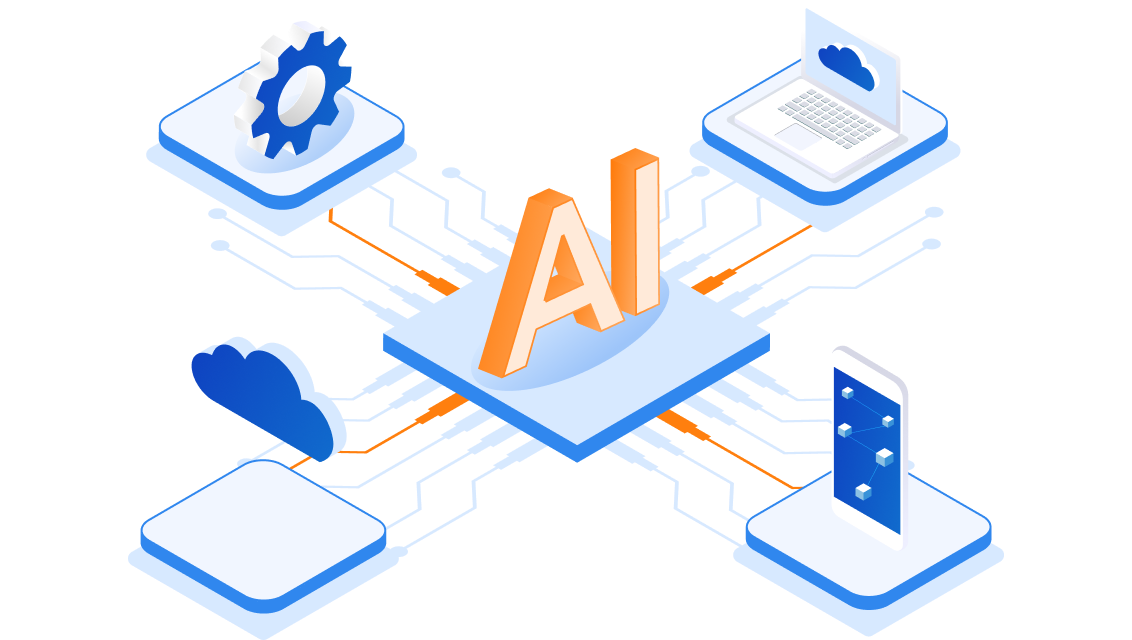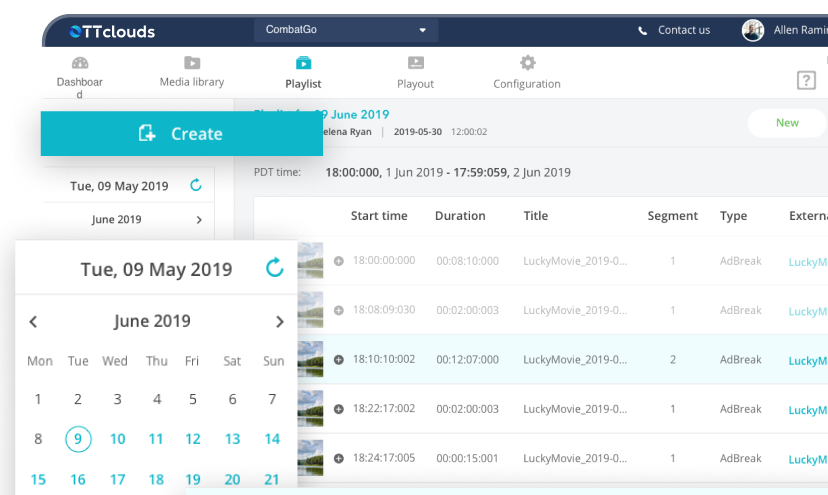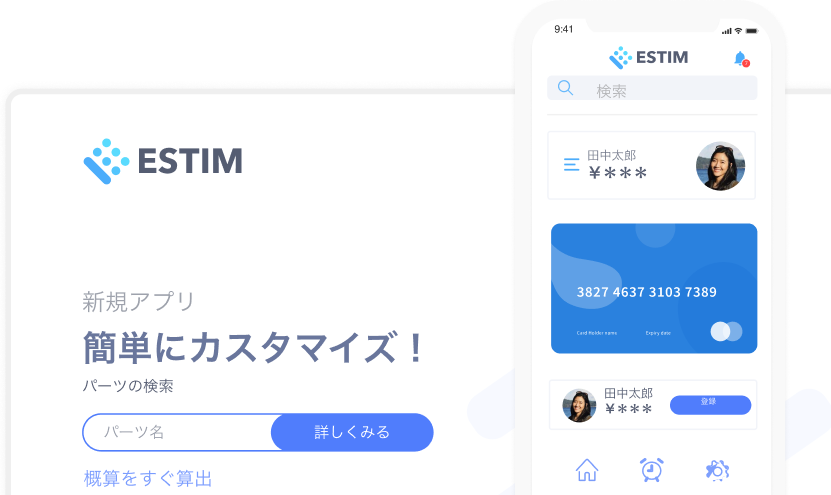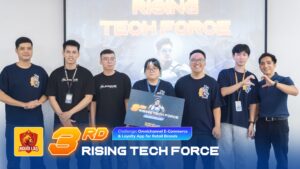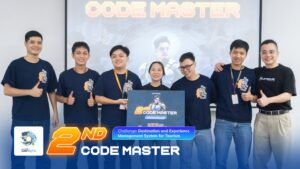SupremeTech’s AI Hackathon 2025: A blend of Product-Focused Spirit and AI-assisted Development
10/09/2025
738
On September 6–7 of 2025, we hosted our very first AI-Driven Development Hackathon. Ten teams, all made up of SupremeTech members, stepped out of their daily routines to take on real business challenges. Within just 22 hours, they brainstormed, coded, and pitched solutions showcasing their creative application of AI-powered tools.
This Hackathon was more than a competition. It was an opportunity for SupremeTech’s members to experiment with AI in practical ways, strengthen their teamwork, and grow into product builders in the AI era. And, of course, they get themselves a chance to win VND 100,000,000 in prize money.
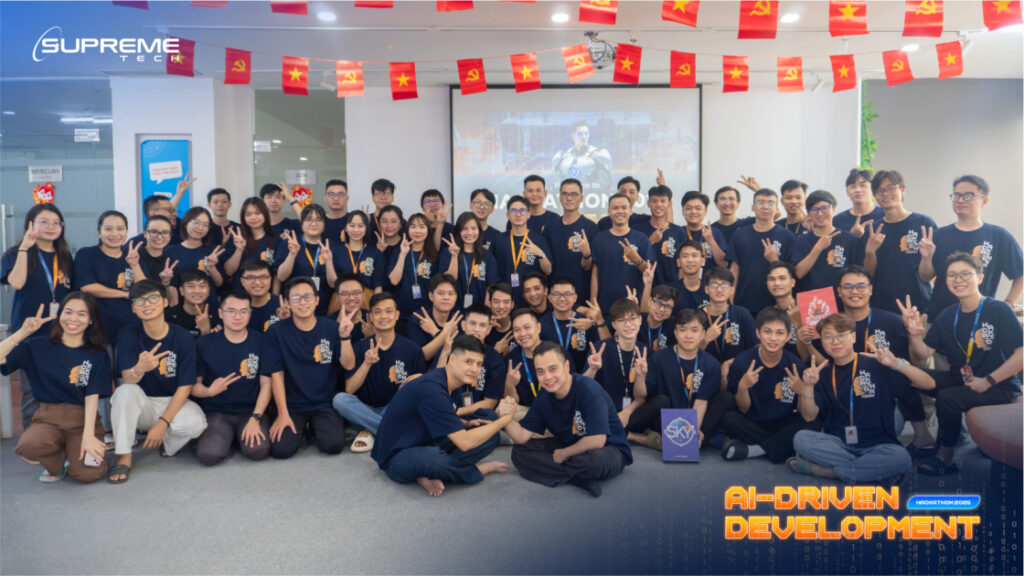
Real business challenges from retail & tourism industries
Before jumping into the final pitches of 10 teams, let’s take a look at the challenges that will later inspire their creativity. Some of them are quite familiar topics, while others might be a bit more challenging and out-of-the-box.
As CEO Mr. Bình explained: “When shaping the problem statement, I wanted to balance three things. First, it had to be close enough to our real business so that outcomes could have practical value. Second, it needed to challenge teams to apply AI meaningfully not just add AI as a decoration, but use it to create efficiency or new capability. And third, it should be simple and open enough so that everyone, regardless of role, could participate and learn something from the process.”
Though this Hackathon centers the theme of “AI-Driven Development”, each challenge was designed to be:
- Close to real business needs so that outcomes could have practical applications
- AI-driven, but in a practical and meaningful way, to create efficiency or new capabilities
- Open enough for all roles to participate, learn, and contribute
Now, let’s dive into the details of each challenge.
Omnichannel E-Commerce & Loyalty App for Retail Brands
This is one of SupremeTech’s current areas of expertise and key services. By including it as a challenge topic, teams worked on solutions that are highly applicable to existing clients, directly supporting our clients’ business growth.
For participants who face this challenge, it could be both a blessing and a curse. We’ve been building and managing a variety of EC and loyalty systems for clients. But when it comes to building a new one using AI, replicating the past experience may not be a smart choice. Judges, for sure, would want to see some real enhancements in the development process empowered by AI, not to mention the creativity in the strategic approach to this very familiar topic.
The original statement requires teams to develop an application that solves the problem of disconnected retail experiences. The solution should unify online and offline shopping while deeply integrating loyalty programs and personalization.
There could be a huge number of variations coming up from this statement. Stay tuned for the highlight performance!
Destination and Experience Management System for Tourism
Managing group travel is a complex task often disturbed by miscommunication and inefficiencies. In a tourism hub like Da Nang, where businesses host frequent tours and events for a very large group of travelers, the ability to streamline logistics and improve participant engagement directly impacts customer satisfaction.
For companies, such apps not only reduce operational headaches but also enhance the overall brand experience they deliver. It can even drive sales if well structured and managed.
In this statement, teams are required to develop a platform that streamlines group trip management. The solution should enable organizers to coordinate transportation, schedules, and interactions in one place, instead of relying on scattered tools like messenger apps.
The topic reflects SupremeTech’s own company trip pain points and has strong application potential for Da Nang’s tourism and hospitality businesses.
Talent & Performance Management System for HR
Apart from two industries above, in the third problem statement, we aimed to tackle the challenges of every human-driven company like ourselves.
When it comes to an integrated platform that not only tracks performance but also supports continuous growth and recognition, there’s very few choices.
This statement requires teams to develop an application that solves the problem of fragmented performance management. The solution should integrate goal setting, performance tracking, continuous feedback, and talent development into a single platform, helping organizations build a transparent culture where employees are recognized and aligned with business goals.
How teams build the product is as important as the product itself
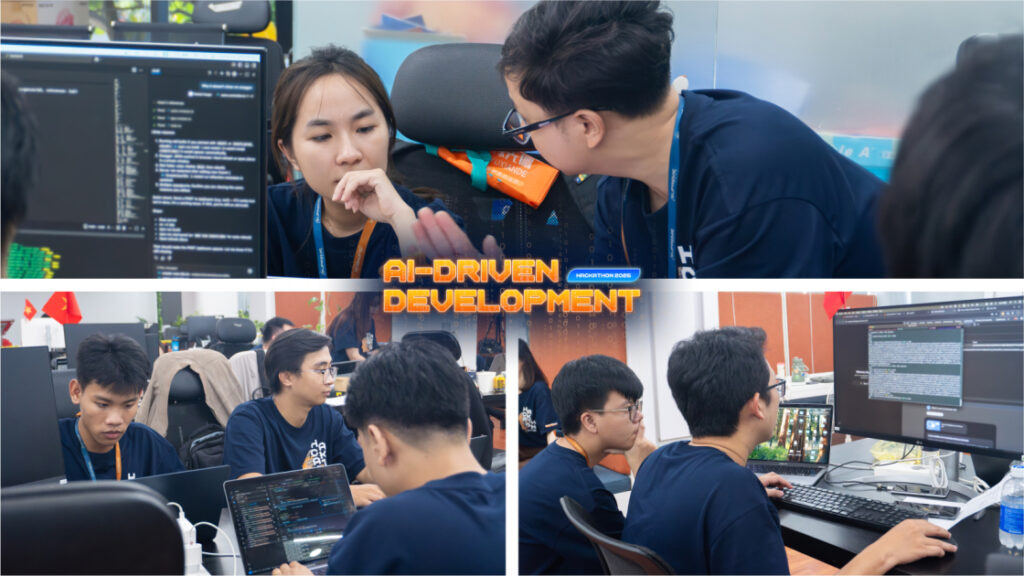
Just as important as what teams built was how they built it. The Hackathon wasn’t only about coming up with clever ideas, it was about proving that execution, process, and teamwork are just as critical as the final product.
Many teams leaned on AI not just as a tool but as a true co-pilot: using AI-assisted frameworks to prototype faster, automating repetitive tasks, automating testing, and finding smarter ways to accelerate Agile development.
What stood out was how teams adapted their workflows to make the most of AI. Some rethought their sprint planning with AI-driven insights. Others applied AI models to cut down on development cycles. And many discovered new ways to collaborate more effectively by letting AI handle the heavy lifting.
The Hackathon turned into a live experiment in how AI can reshape the way we build software. Creativity isn’t just in the idea itself, but in the entire journey of bringing it to life.
Perspectives from the leaders and the participants
From leadership: The Hackathon aligned employees with real client challenges, ensuring that innovation can directly contribute to business value. It proved that AI can be embedded into everyday problem-solving, not just theoretical projects.
As Vice President Mr. Vĩ shared:
“AI has already been selectively applied in SupremeTech’s real projects, depending on client expectations and suitability. In many cases, it helps optimize software production costs and shorten time-to-market. Through this Hackathon, I hope to spread the AI-assist mindset to a larger part of the company, so that AI gradually becomes embedded across all projects: enhancing efficiency, improving quality, and ultimately bringing benefits to both clients and the company. This year’s Hackathon focuses more on unlocking internal strength and setting a direction for the future. If everything goes according to plan, we will publish AI-assisted development as a new service offering. It is a clear statement that AI is being strategically applied at SupremeTech to deliver tangible value to our clients.”
From participants: The challenge statements sparked two different but equally positive reactions.
Some teams loved how practical and relevant they were by mirroring the real projects we handle at SupremeTech. This gave them the perfect chance to not only test AI-assisted development but also to build solutions that might one day become our next official product.
On the other hand, many appreciated how broad the challenges were. It leaves space for bold ideas and limitless creativity. With that freedom, participants could push boundaries, think like product owners, and imagine possibilities beyond the usual project scope.
Conclusion

The SupremeTech AI Hackathon 2025 proved to be more than an internal competition.
From a business perspective: Participants gained experience and insights that sharpened their ability to think with a business mindset, ensuring their solutions were tied to real market needs.
From a technical perspective: The event introduced an AI-assisted development process and innovative frameworks that can be applied immediately in client projects.
By turning challenges into opportunities, the Hackathon reinforced SupremeTech’s positioning as a future-ready partner, capable of combining innovation, culture, and technical excellence to deliver AI-driven value to clients.


